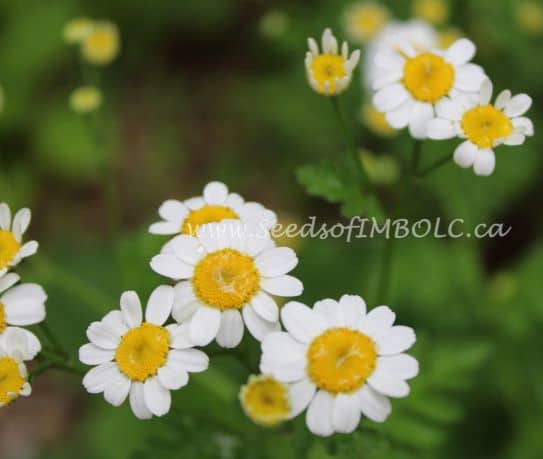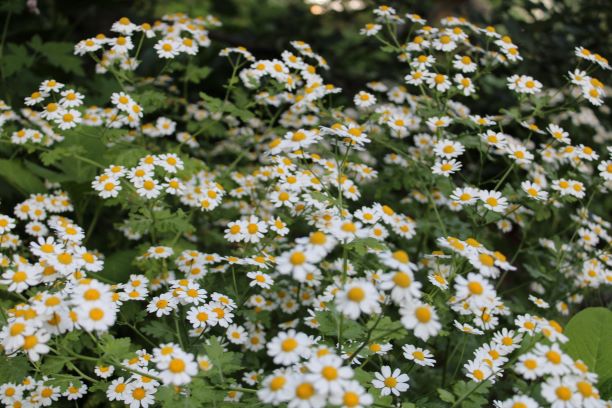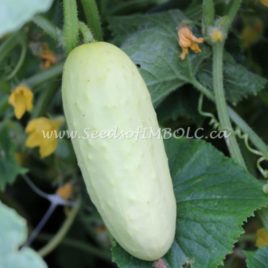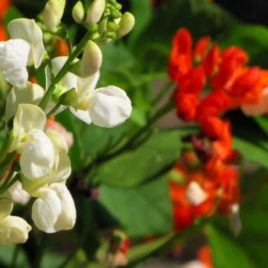Description
Matricaria, also known as feverfew, botanical name Tanacetum parthenium, is very cheerful, prolific branching flower, excellent as a filler in bouquets! Long, strong stems that support abundant, 1/2–1″ daisy like blooms with yellow disks and white petals. Easy to grow and harvest.
Feverfew is believed to aid digestion, and lower blood pressure. There is some scientific evidence that drinking feverfew tea, or adding a few fresh leaves leaves to a sandwich everyday, can for some people, reduce the frequency and severity of migraine headaches.dating back to ancient times, recorded in literature and prescribed by Dioscorides for “all hot inflammations”. Its name stems from the Latin word “febrifugia”, meaning “fever reducer” – gaining its recognition as the aspirin of the 18th century! Containing a wide spectrum of phytochemicals it is being researched for its anti-arthritic, anticancer and anti-platelet properties. Keynote compound present is parthenolide (0.4%)
Bees (and many other insects) hate feverfew and will avoid an area where it is planted. Can help repel damaging insects when placed with roses or other ornamentals. Compact and spreading growth to 3 ft. tall, topped with small, yellow-centered, white daisy-like flowers.
Transplant (recommended) – Sow 5-10 weeks before transplanting in either spring or fall. Transplant 3-4 weeks before first frost in fall. Gently press the seeds into growing medium, but do not cover as light aids germination. Bottom water or mist to avoid covering the seed with displaced soil. Transplant to cell packs or 3-4″ pots 2-4 weeks after sowing. Harden off before transplanting. Kept at 65-70°F. (21°C), germination averages 10- 20 days.
Direct seed – As soon as soil can be worked. Gently press the seeds into the soil, but do not cover as light aids germination. Keep soil surface moist until germination. Thin when seedlings have the first true leaves. Thin seedlings to 9-12″ apart.
A long-day plant, meaning flowering is generally initiated during the longest days of the season. Plants will eventually bloom under short-day conditions but on shorter stems.
Harvest when nearly all of the flowers in a spray are open, otherwise they will wilt. Feverfew is considered a dirty flower, turning vase water dark and murky overnight even when floral preservative is used. A few drops of bleach can be added to the water to combat this trait. Expect a vase life of 7 days if preservative is used. Dried: harvest when flower cluster is almost fully open.
Light, well-drained, moist, fertile soil. 6.0-7.2 pH preferred. Excellent cut and dried flower. Beds, borders, and containers.
Height: 28-36”, full sun, Days to maturity: 100-110 days, Pinch: not necessary, Tender or short-lived perennial in Zones 5–9, Open Pollinated
Approx seeds per packet: 100







Reviews
There are no reviews yet.